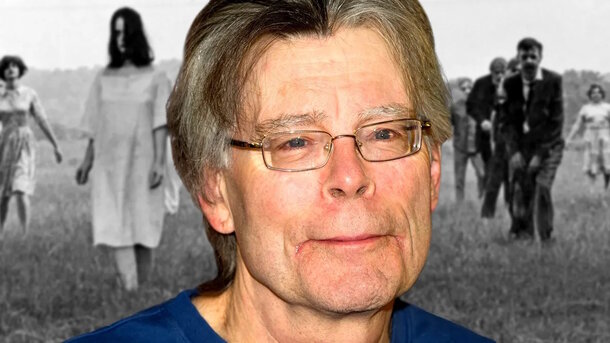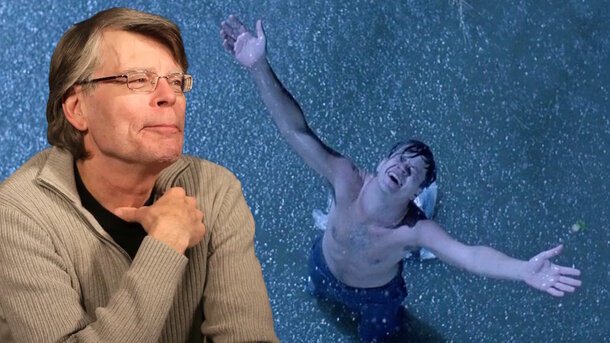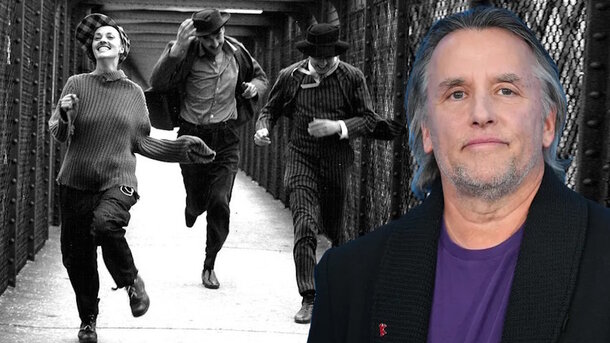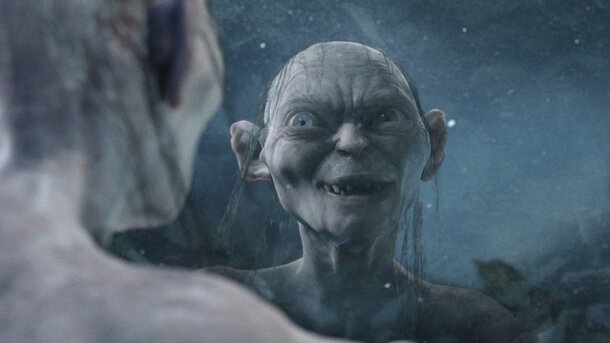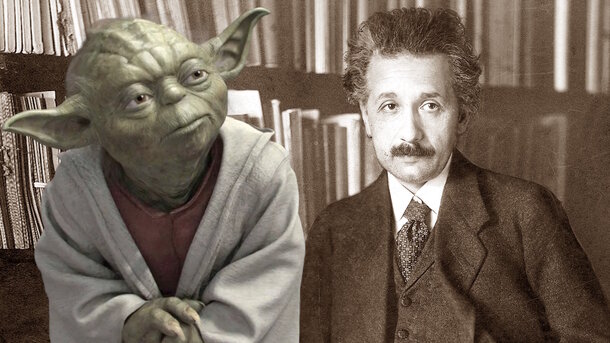Stephen King's novels turn the most mundane things—a dog, a car, a hotel room—into nightmares. So, when King says that one of the scenes in a movie "turned him into jelly," it's worth paying attention. But what is this episode that was able to scare even the King of Horror? It refers to a moment from George Romero's classic film Night of the Living Dead (1968), which was a revolution in the horror genre. The film not only introduced the concept of zombies into popular culture but also set standards for many subsequent films about the undead.
However, it's not just about the groundbreaking idea. One of the early episodes of the film, which King called "the scariest," serves as an example of how to create shock without expensive special effects.
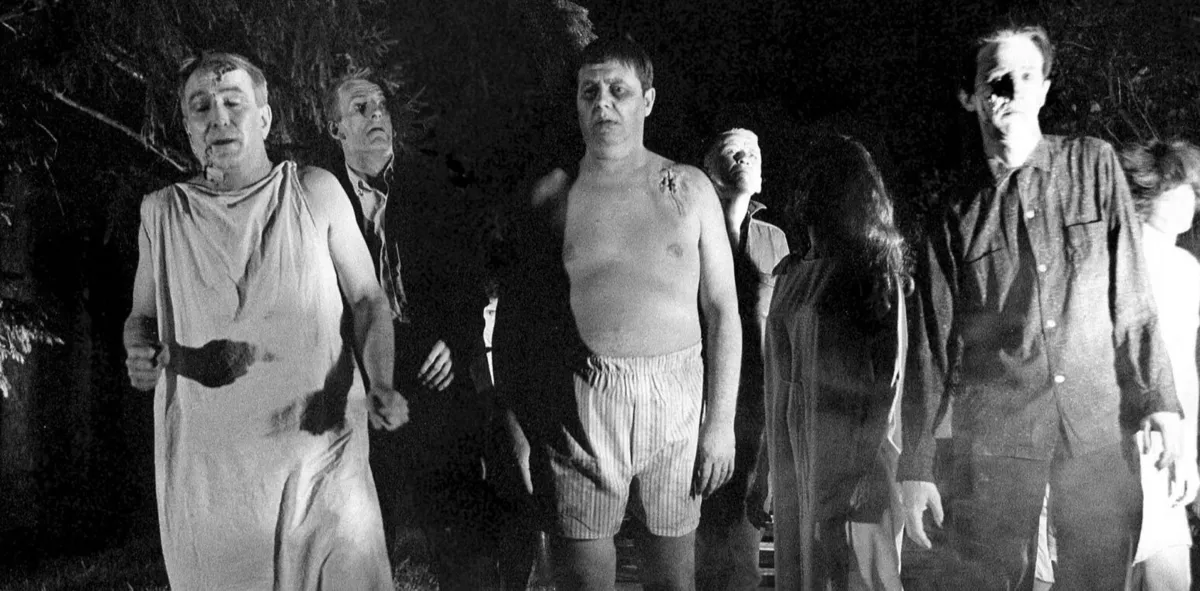
In this scene, the character Barbara tries to escape from the first zombie that appears in the film. When she reaches the car, the monster chases her, knocks on the window, and finally breaks it with a rock. King described his impressions as follows:
"The first time I saw this (and two more times after), the scene turned me into jelly."
What makes this moment so terrifying? It's simple: it lacks the usual "Hollywood" effects but perfectly utilizes the fear of the unknown. At that time, no one in the audience knew what zombies were. They were not part of popular culture.
This unpredictable, frightening "man" with a cold, inhuman gaze, according to King, became a true revelation in the genre.
The episode also reflects King's love for minimalism in horror. He has often stated that large budgets only hinder the storytelling. As he noted, "big movies require big explanations, which are often tedious." That’s why intimate scenes like those in Night of the Living Dead remain memorable for a long time.

Ironically, this simple and inexpensive episode granted Romero eternal fame, while providing King with inspiration for his own works. After all, the foundation of any horror lies not in the budget, but in human fear. And in the case of Barbara and the zombie, that fear was incredibly real.
